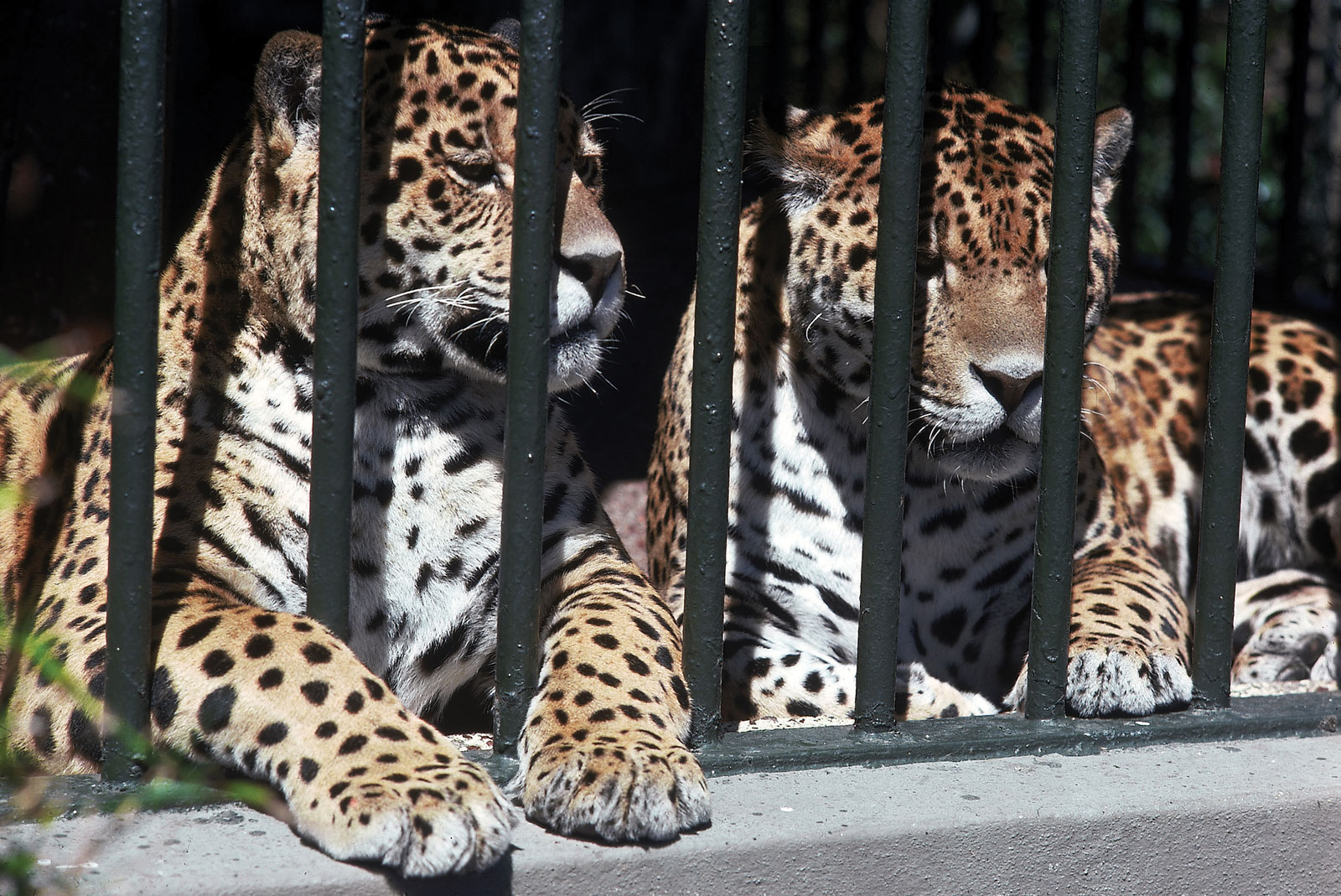By Iylia Marsya Iskandar
On 14 December 2020, Zoo Negara suffered another mishap, forcing its long list of misfortunes to grow longer after the financial devastation caused by the pandemic – the drowning of a Malayan tiger cub.
Since the pandemic began, Zoo Negara has been relying on public donations including the œAdopt-An-Animal programme to obtain funds from numerous parties to meet its required financial needs.
Collectively from January to September this year, Zoo Negara generated RM19.5 million in revenue which includes monetary contributions from many parties.
Ever since the movement control order (MCO) was imposed, the first local zoo for Malaysians found it difficult to meet operating costs, which total up to approximately RM one million per month with wages amounted to RM400,000, foodstuffs totalling RM350,000 and utilities at RM180,000.
Zoo Negara, home to over 5,000 animals including exotic reptiles and the celebrated pandas, Xing Xing and Liang Liangs funding has been handled exclusively by private institutions, specifically by non-governmental organisations (NGOs) and public donations.
However, this brings us to the multi-dollar questions, if animals in zoos are threatened to die of starvation due to lack of funds, is it a necessity to build a zoo at all? Do zoos play a crucial part in conservation? Are zoos not depriving the animals of their natural needs?
In my small birds eye view of zoos, the term zoo itself translates to a life of confinement, all the while depriving them of their natural habitat, needs and freedom.
Zoo animals are left at the mercy of incompetent managements and unsuitable living conditions compared to the vast nature, which results in psychological disorders, poor health and reduced life spans.
The captivity of these animals for the purpose of exhibition had adverse consequences. Several researches pointed out that captivated animals displayed unnatural neurotic and stereotypic behaviours, from aggression to stalled maturation.
In reality, zoos are a poor imitation of the Earths diverse ecosystems, not suitable to home our beloved animals that we hold dearly, hence stressing the need to not prolong the sufferings of these animals, releasing them into the wild.
Animal abuse in zoos is not an unfamiliar topic and with the help of social media, cases that have made it to Twitter create momentary uproar.
Earlier in June, as visitors return to Zoo Negara as it opens its door during the recovery movement control order (RMCO), a picture of a œskinny lion at the zoo has caused quite a stir online.
Shared by a Twitter user with the caption œpray for our skinny lion, the felines seemingly scrawny figure became the centre of attention.
Many social media users were upset, concerned about the lions health and nutritional needs. Some even questioned the use of funds donated by the public for the zoos adoption programme during the MCO and forced the management to issue a statement.
Though the uproar was needed and critical, I am of the opinion that it did not address the long-term underlying cause, which is the zoo itself.
If we were to ask about zoos what are the main functions of their establishment, it may be argued that they are set up to educate the public on animals and conservation. However, in a personal observation, most visitors come to zoo for an enjoyable day out and rarely do they get too enthusiastic about conservation.
Even if they are enthusiastic, how sure are we that these people will take proactive measures to be responsible for conservation?
Surely, it is impossible to release all captive animals into the wild so promptly and suddenly as they now lack the survival skills after being deprived by their captivity. Nonetheless, rigorous plans should be made to release animals into the wild in about 10 years down the road, that for me is the true meaning of conservation “ where we see them in their natural habitat.
To answer the three questions I posed above, my answer will be no, no and no. Animals are live-beings that are not made for exhibitions and unnecessary interference that will affect their natural behaviours should not be encouraged and prolonged.
How many more skinny lions and accidental drownings that need to go viral before we, the public, realise that it is never okay for animals to live in captivity in the make-shift world when we roam freely on this Gods given land? ***
(This article is written as part of individual assignment series for Feature Writing class)
